So sharptooth has a question up for creating cheap charger units that uses battery packs to charge a phone:
Is designing and producing a dirt cheap charger really that hard?
My question is the other way round, how would you design a cheap NiCad charger with the only requirements being that it shouldn't damange your batteries even if left in the charger for extended periods and that it should be as cheap as possible. Here's my shot at it:

It's a simple current limit with diodes in parallel to the battery to protect against overvoltage by bleeding off current when the voltages reaches around 1.4V. (i.e, single NiCad)
I've added Russell's ideas to the mix and came up with the following, doubt you can go cheaper than this, it meets all the requirements and can be powered from just about anything as well as turning off when the batteries (two or more in series) reached the set threshold. The only way to go cheaper I would guess is to use a constant voltage scheme instead but I'm guessing this will kill your battery a lot quicker, can anyone comment on charging NiCad using constant voltage?

